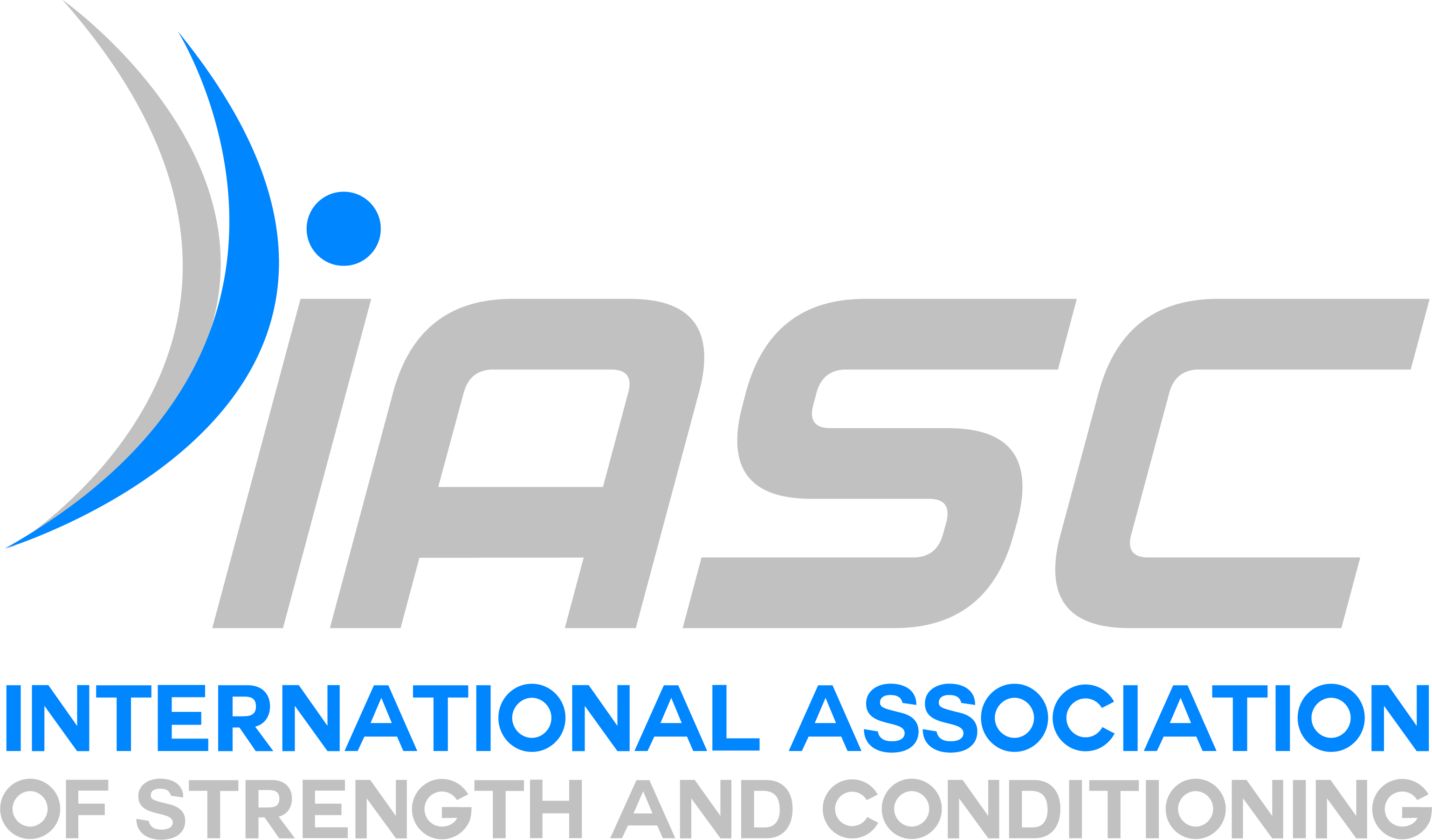Learning to become a personal trainer in just 20 hours may seem like a daunting task, but it’s possible with a focused and strategic approach.
In his book “The First 20 Hours,” Josh Kaufman presents a compelling framework for rapid skill acquisition. Kaufman challenges the conventional wisdom that mastering a new skill requires countless hours of practice, instead advocating for a focused and efficient approach to learning.
By deconstructing skills into their fundamental components and prioritizing deliberate practice, Kaufman argues that individuals can achieve significant proficiency in as little as 20 hours. Through real-life examples and practical strategies, he demonstrates how learners can overcome the initial hurdles of complexity and uncertainty to make rapid progress toward their learning goals.
Kaufman’s “20 Hours” approach emphasizes the importance of deliberate practice, feedback, and iteration in the learning process. By setting specific goals, breaking down complex skills, and engaging in focused practice sessions, learners can efficiently build competence and confidence in their chosen endeavors.
Kaufman’s insights empower readers to embrace the challenges of learning new skills and to approach the process with curiosity, determination, and a willingness to embrace mistakes as opportunities for growth.
Through disciplined effort and strategic learning techniques, individuals can unlock their potential and achieve mastery in a fraction of the time traditionally believed to be necessary.
Must-Read-Article for Personal Trainers
Top 5 Questions Every Personal Trainer Gets Asked

Please note: It's crucial to understand that no one can become a qualified and certified Personal Trainer in just 20 hours. While it's possible to grasp the fundamentals of personal training within this time frame, becoming a proficient coach requires completing a comprehensive course and obtaining coaching certification.
Learning to become a personal trainer in just 20 hours may seem like a daunting task, but it’s achievable with the right approach and mindset. Drawing inspiration from Josh Kaufman’s principles of rapid skill acquisition, here’s a step-by-step guide to help you on your journey:
- Set Clear Goals: Start by defining your specific learning objectives for becoming a personal trainer. What skills do you want to acquire? What certifications do you need? Having clear goals will help you stay focused and motivated throughout the learning process.
- Deconstruct the Skill: Break down the role of a personal trainer into its essential components. Identify the key areas of knowledge and skills required, such as exercise science, anatomy, program design, and client communication.
- Research and Gather Resources: Utilize a variety of resources to learn the foundational concepts and best practices of personal training. This may include books, online courses, instructional videos, and reputable websites. Look for resources that are concise, practical, and aligned with your learning goals.
- Focus on High-Yield Activities: Prioritize your learning efforts on activities that will have the greatest impact on your development as a personal trainer. This may include studying anatomy and physiology, mastering basic exercise techniques, learning about client assessment and goal-setting, and understanding principles of program design and progression.
- Practice Deliberately: Actively engage in hands-on practice to reinforce your learning and build muscle memory. Practice designing workout programs, conducting fitness assessments, and delivering coaching cues. Seek feedback from peers or mentors to identify areas for improvement and refinement.
- Use Spaced Repetition: Review and revisit key concepts and skills at regular intervals to reinforce learning and retention. Spaced repetition techniques, such as flashcards or quizzes, can help you solidify your understanding of complex topics and ensure long-term mastery.
- Seek Feedback and Iteration: Embrace a growth mindset and be open to receiving constructive feedback from others. Solicit feedback from experienced personal trainers, peers, or clients to identify areas where you can improve and refine your skills. Use feedback as a catalyst for continuous growth and iteration.
- Apply the 80/20 Rule: Focus your efforts on the 20% of knowledge and skills that will yield 80% of the results in your role as a personal trainer. Prioritize foundational concepts and practical skills that will have the greatest impact on your ability to serve clients effectively.
- Immerse Yourself in the Environment: Immerse yourself in the world of personal training by shadowing experienced trainers, attending workshops or seminars, and networking with professionals in the industry. Gain exposure to different training methodologies, client demographics, and business models to broaden your perspective and enhance your skills.
- Reflect and Iterate: Regularly reflect on your progress and learning journey as a personal trainer. Identify areas of strength and areas for improvement, and adjust your learning strategies accordingly. Celebrate your achievements and milestones along the way, and remain committed to lifelong learning and professional development.
By applying these principles of rapid skill acquisition, you can learn to become a competent and effective personal trainer in just 20 hours. Remember to stay disciplined, focused, and proactive in your learning journey, and embrace the challenges and opportunities for growth that come your way.
Please note: It's crucial to understand that no one can become a qualified and certified Personal Trainer in just 20 hours. While it's possible to grasp the fundamentals of personal training within this time frame, becoming a proficient coach requires completing a comprehensive course and obtaining coaching certification.
Reference: The First 20 Hours,” Josh Kaufman







